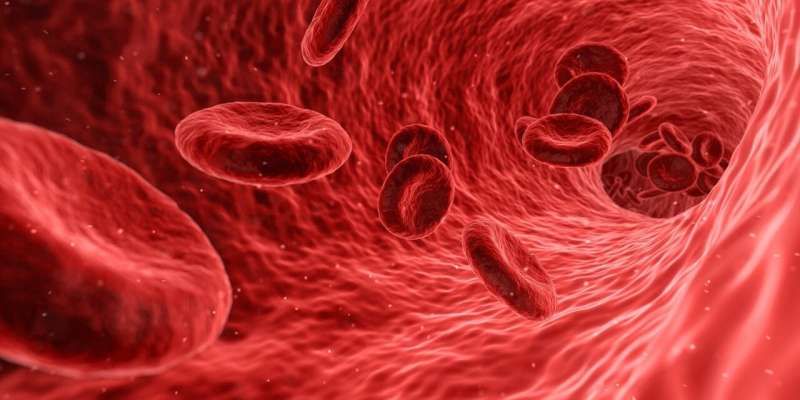This article has been reviewed according to Science X's editorial process and policies. Editors have highlighted the following attributes while ensuring the content's credibility:
fact-checked
peer-reviewed publication
trusted source
proofread
New cell model could help find treatments for one of the most common forms of childhood leukemia

B-cell acute lymphoblastic leukemia (B-ALL) is one of the most common forms of childhood cancer. The overall survival rate is more than 80%, but not in all subtypes; in leukemia with the highest incidence among infants, in particular, it does not reach 40%.
For this specific subtype, with a poor prognosis, researchers from the Josep Carreras Leukemia Research Institute and the National Cancer Research Centre (CNIO) have achieved the first cell model that simulates the disease in patients.
The new model reproduces what happens in the cells of children, often newborns. It is an essential tool in research to develop new therapeutic strategies and has therefore been published in the journal Blood.
Gene editing to fuse genes
The subtype of B-cell acute lymphoblastic leukemia that the model recreates is specifically the one that carries the fusion between the MLL and AF4 genes. Independent gene fusions are a common type of alteration in cancer; when they occur, they have the ability to produce fusion proteins, sometimes with new and unexpected functions.
MLL::AF4 fusion in childhood B-cell acute lymphoblastic leukemia occurs during fetal development, and involves DNA exchange between chromosomes 4 and 11. The resulting protein can activate cellular mechanisms that lead to leukemia in what can be a very short space of time.
The new model has been created by means of gene editing, using the CRISPR-Cas9 tool. Both fetal and neonatal cells have been edited, provided by the Barcelona Blood and Tissue Bank and the MRC/Wellcome Trust Centre (United Kingdom).
The model reproduces different subtypes
There are several subtypes of MLL::AF4 fusion B-ALL, in which the merged fragments change. The new model reliably reflects the differences between the subtype of B-ALL leukemia in children under one year of age, and that of older children, which represents a significant advance.
The results also show that the differences between subtypes of childhood ALL-B with MLL::AF4 fusion are related to the DNA fragments involved in gene fusion, and not so much with the time the alteration occurs, and they provide the scientific community with a new cellular model of the disease which is robust and closer to what happens in patients.
More information: A human genome editing-based MLL::AF4 B-cell ALL model recapitulates key cellular and molecular leukemogenic features, Blood (2023). DOI: 10.1182/blood.2023020858. ashpublications.org/blood/arti … od.2023020858/498120

















